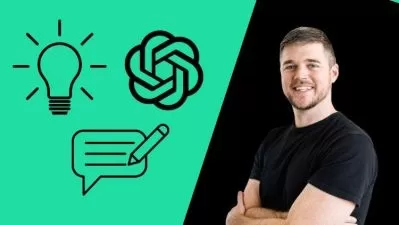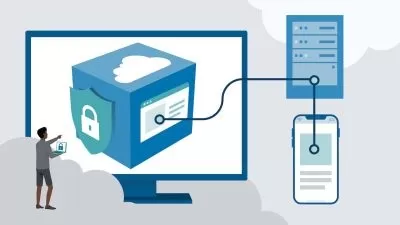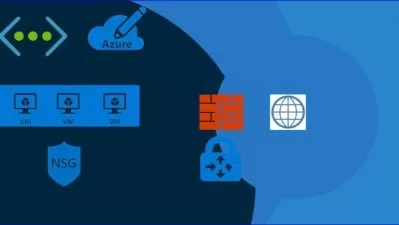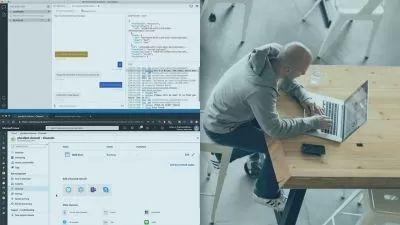Create and Publish Pipelines for Batch Inferencing with Azure
Kishan Iyer
2:44:46
Description
This course will teach you how to use the Azure Machine Learning service to build and run ML pipelines using the drag-and-drop designer interface. You will cover the publishing and deployment of pipelines for batch and real-time inferences.
What You'll Learn?
- discover the Azure ML service and the breadth of features it has to offer when it comes to building and managing ML models
- explore a number of data transformations which can be applied to a dataset by simply dragging and dropping various modules into the pipeline
- see that the handling of missing values, the standardization of numeric features as well as one-hot encoding for categorical fields can all be accomplished without writing a line of code
- use the pipeline to make predictions on new data
A machine learning model goes through a number of stages in its lifecycle; from training, to evaluation, through deployment and then maintenance. While there are a number of tools available for these stages, their management can become overwhelming even for the seasoned ML engineer.
In this course, Create and Publish Pipelines for Batch Inferencing with Azure, you'll experience an intuitive and easy-to-maintain environment for all things ML and focus on building and running pipelines for batch inferences:
More details
User Reviews
Rating
Kishan Iyer
Instructor's Courses
Pluralsight
View courses Pluralsight- language english
- Training sessions 32
- duration 2:44:46
- level average
- Release Date 2023/12/09

















